Quick Navigation
About Floor Renovation in Singapore
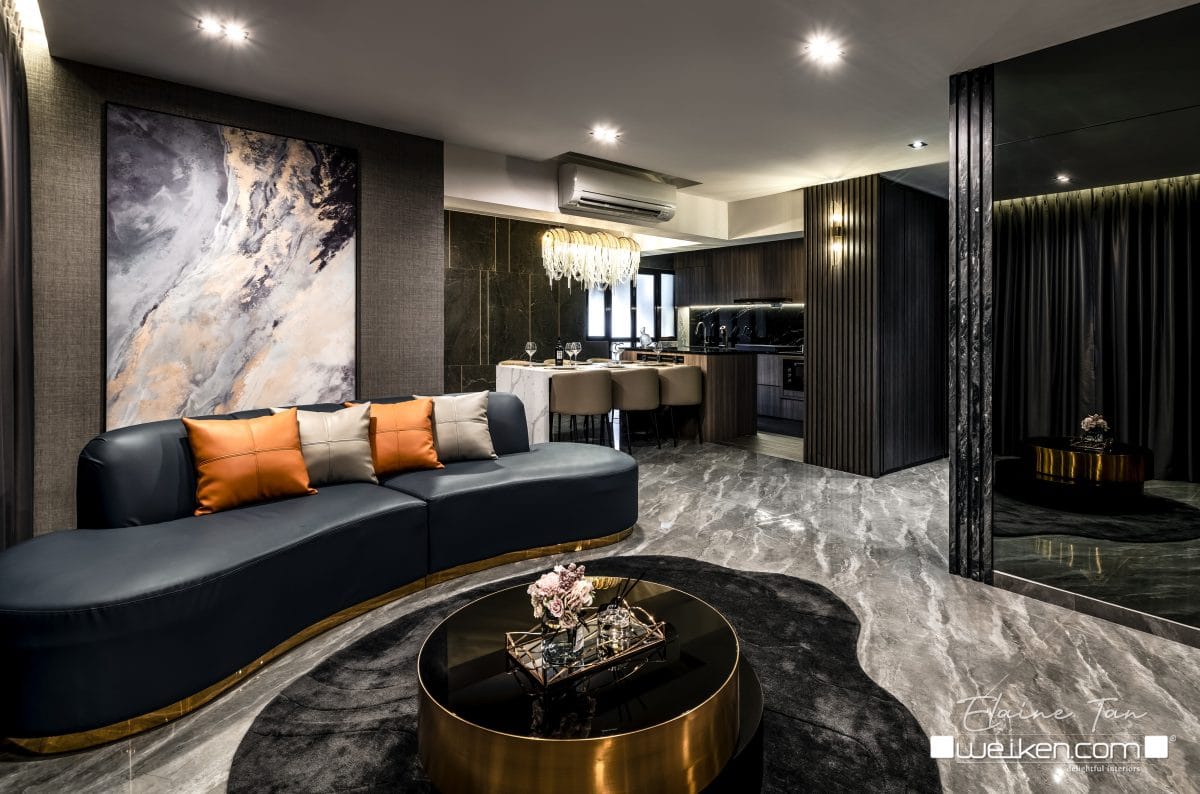
If you are planning to renovate your home or do a little upgrade on a property that you’re about to sell, one of the most important parts that you should focus on is the flooring. The flooring in an old property can look very outdated, dirty, and unpleasant. If your goal is to get a higher return, you must prepare the house and do simple floor renovations to make everything look good as new.
On the other hand, if you are thinking of changing the flooring of your house for aesthetic and practical purposes, you should buy the best flooring materials that will work best for your demands, needs, lifestyle, and design taste. There are a lot of things that you should consider when looking for flooring in Singapore. In this blog, we’ll take a deep dive into floor renovation and discuss about the most common flooring material and its pros and cons.
Common Floor Renovation Material To Use In Singapore Homes
1. Bamboo Flooring in Singapore
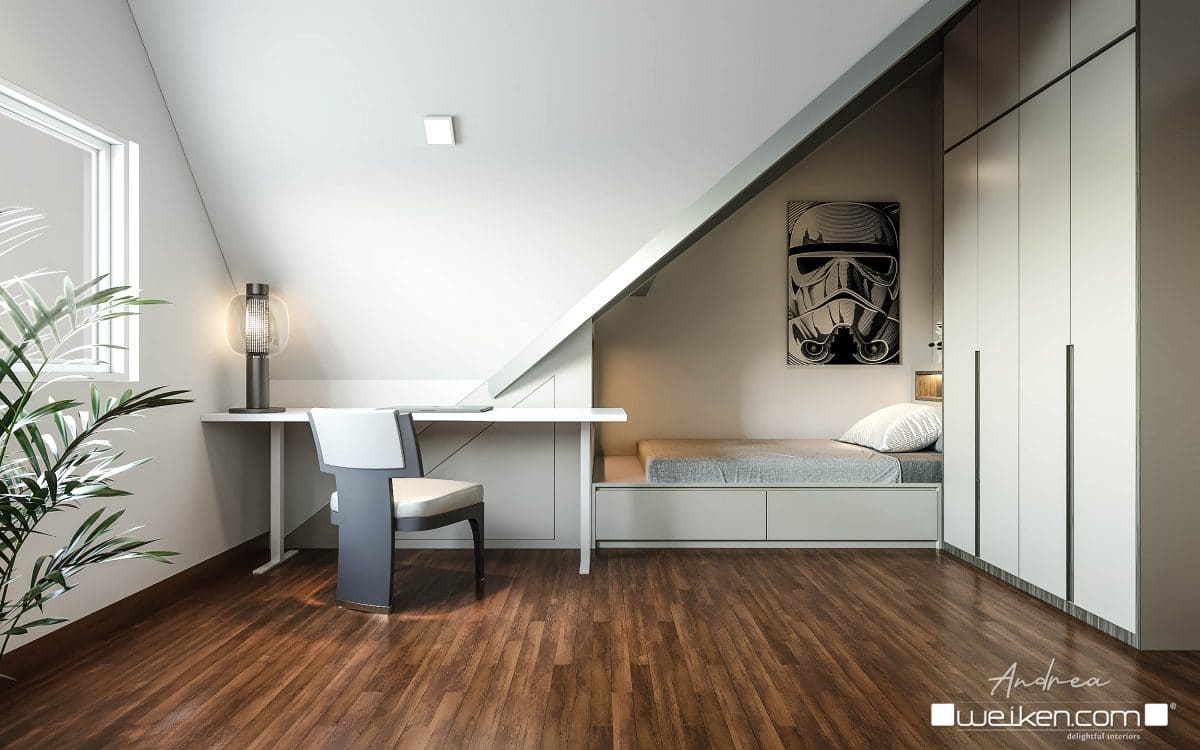
Bamboo has become a popular material to use in flooring. Bamboo is considered sustainable because it is a type of grass that grows faster which makes it more environment-friendly and a good alternative to solid wood. Bamboo flooring is engineered and is sought after because of its sturdiness and clean aesthetic that fits the contemporary and minimalist interior.
If you want to go green and sustainable with your home’s interior design, bamboo flooring would be a great choice. There are also a variety of engineered bamboo designs you can choose from. You can go for horizontal or vertical bamboo strips. Moreover, you can stain your bamboo flooring if you prefer a different color such as a lighter or a darker brown.
Pros: Bamboo flooring is durable and DIY-friendly. It is also easier to clean and absorbs moisture way better than any other hard wood. Bamboo is also versatile whether your home is modern, contemporary, or traditional.
Cons: A thin and cheaper bamboo flooring is susceptible to damage and scratches. Unlike other materials such as tile and vinyl, bamboo is limited when it comes to color. You can only find bamboo flooring in certain shades of brown.
2. Vinyl Flooring
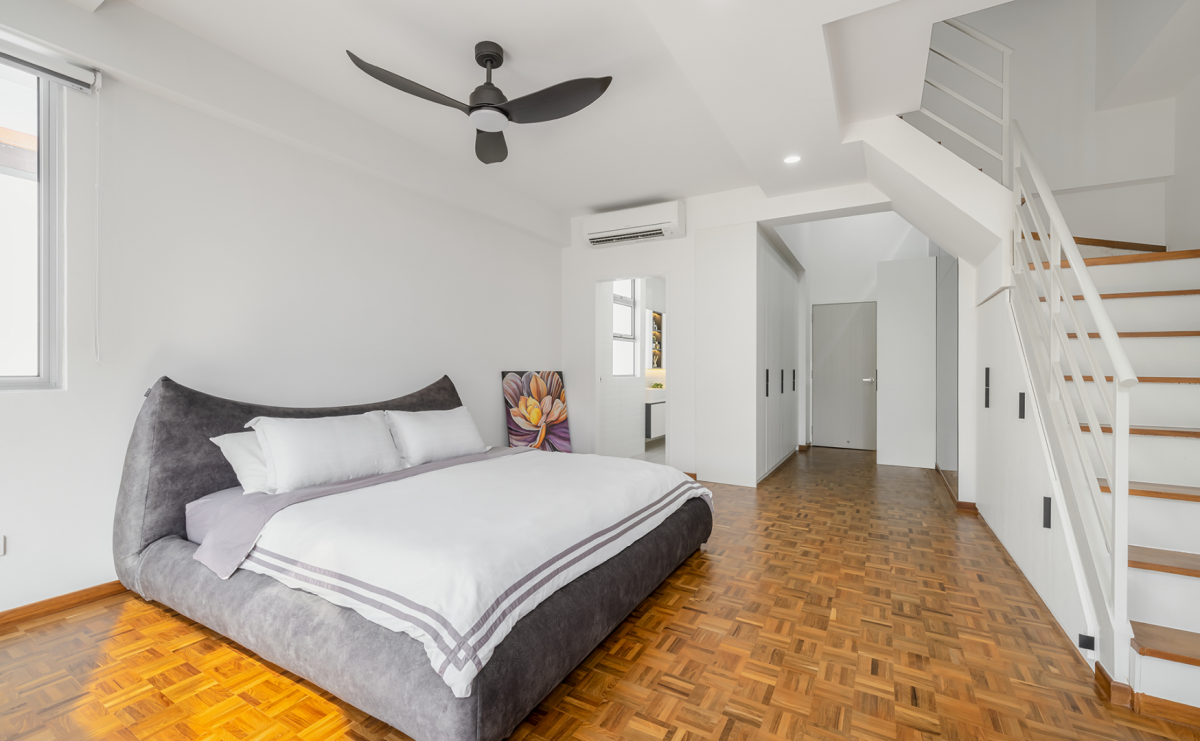
Vinyl is another popular type of flooring that is commonly used in small condo units and apartments. Vinyl is affordable and is a great material if you prefer to DIY. There are many kinds of vinyl. One is sheet vinyl which usually comes in a roll and is glued into place. Another vinyl type is the one with a peel and stick feature. This is usually purchased per plank where you remove a sticker on the back and install it by simply sticking the plank onto the floor.
There is also thicker vinyl available but they can be quite costly. If you have a larger floor area to cover, you might want to go for the thicker vinyl planks. These types of vinyl flooring are more comfortable to walk on and have the highest quality among other types.
Pros: If you decide to go for vinyl flooring, you have many choices available ranging from the vinyl type, design, color, and size. If you have a very specific flooring design and color in mind, go for vinyl and look for certain vinyl designs on stores. Undoubtedly, you’ll find the best vinyl design you’re looking for because of the many options available.
Cons: The problem with vinyl is that it is not as sustainable compared to bamboo, wood, or tile. Its lifespan also is not guaranteed. You have to be careful not to soak the flooring or else your vinyl will get damaged.
3. Hardwood Floor Renovation
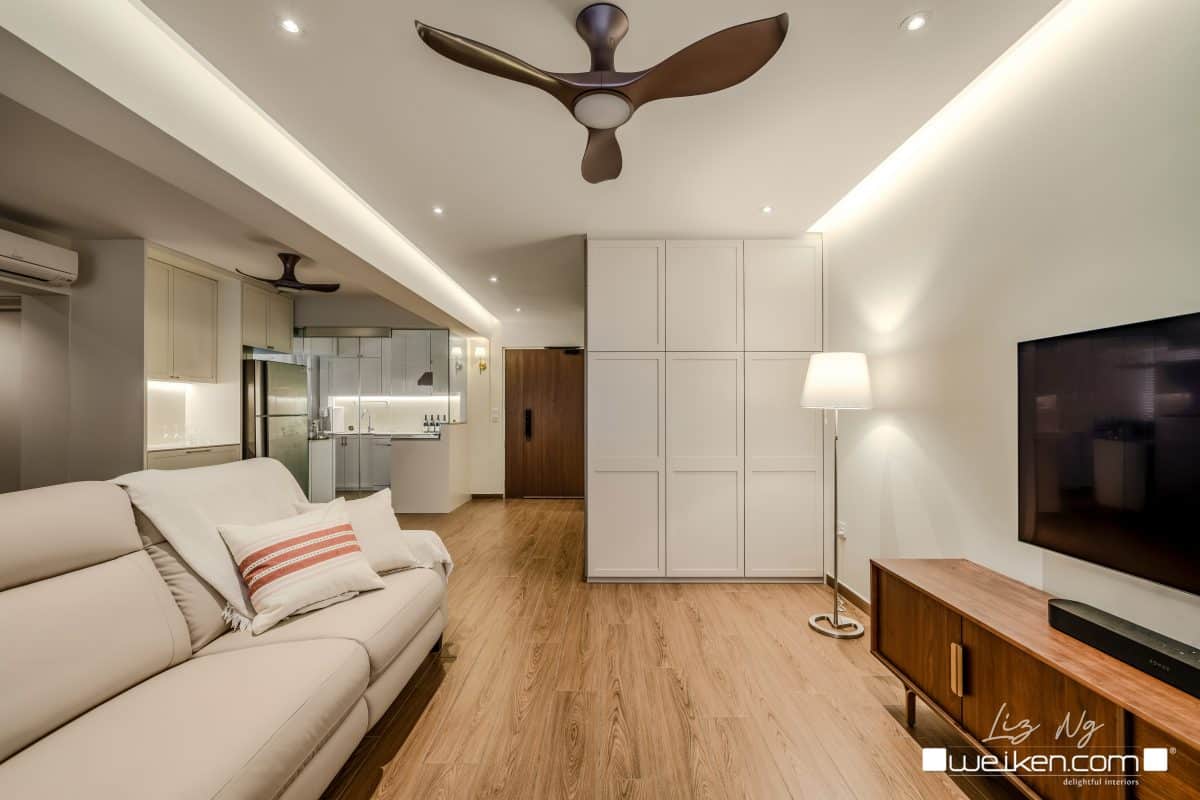
Hardwood is considered a classic flooring material. Whether it is in the kitchen, living room, or outdoor space, hardwood will never fail to satisfy not just in terms of aesthetics but in quality as well. Hardwood is durable which means it can last for a very long period of time. It is also very versatile so you can switch up your interior design scheme a couple of times and your hardwood flooring would still be able to fit in the picture.
Pros: Quality and design-wise, hardwood tops the list of the best material choice for flooring. Its beauty is unparalleled and having hardwood flooring will instantly increase the value of a home.
Cons: Hardwood is expensive and although it is durable, it is still prone to dents and scratches. Having this kind of flooring would require you to properly care for and maintain its appearance so it wouldn’t lose its charm.
4. Laminate Flooring
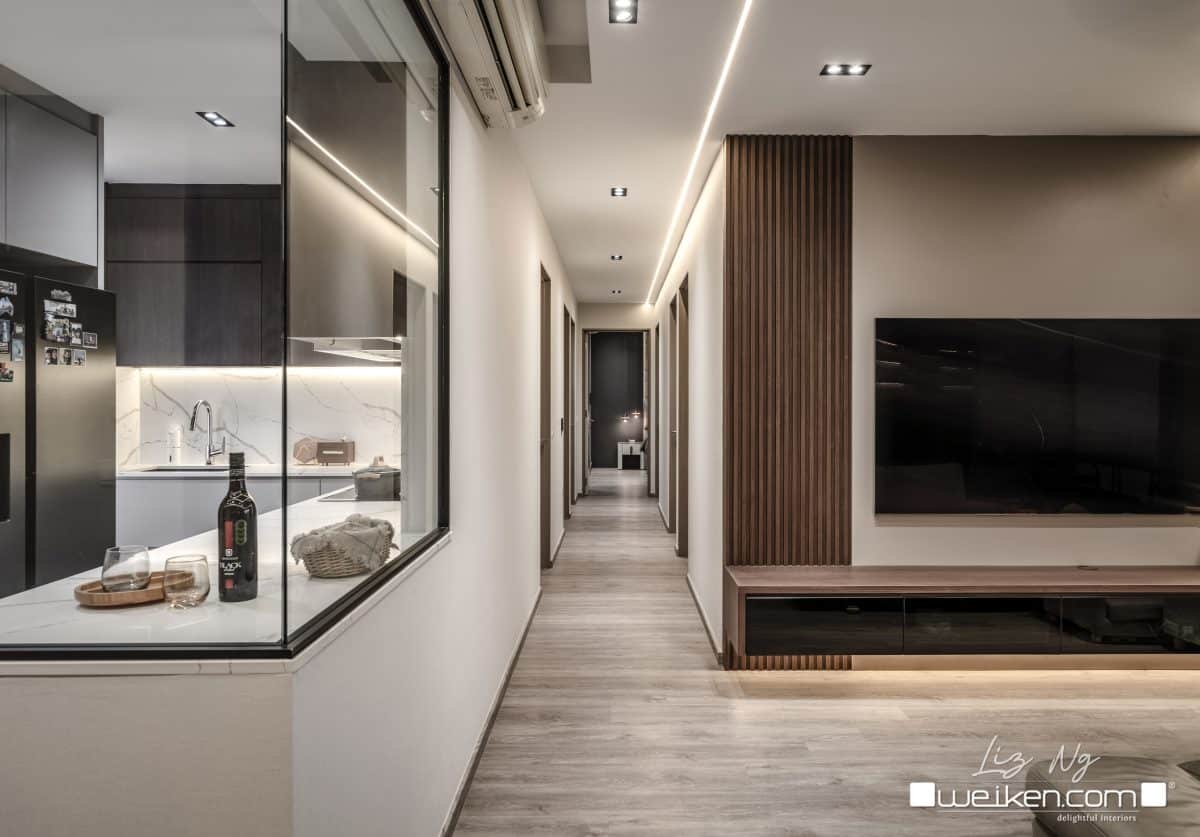
Laminate can replicate the appearance of wood. If you want to have wood flooring but don’t want to go for natural wood because of the price and the downsides, then laminate flooring would be the perfect alternative. Laminate is durable and is available in a variety of styles. If you want to achieve the hardwood floor effect but are a little tight on budget, consider laminate instead.
Pros: Perhaps the greatest advantage of laminate flooring is its affordability. You can upgrade the flooring of your home and make it look clean and good as new at a relatively low price. Moreover, laminate is easy to install so you don’t have to pay for labor when installing it because you can also do it yourself.
Cons: The material in which laminate flooring is made is prone to water damage. Therefore, you shouldn’t install this flooring in areas where it can be exposed to water such as near the bathroom, kitchen sink, or outdoor spaces.
5. Tile Flooring in Singapore
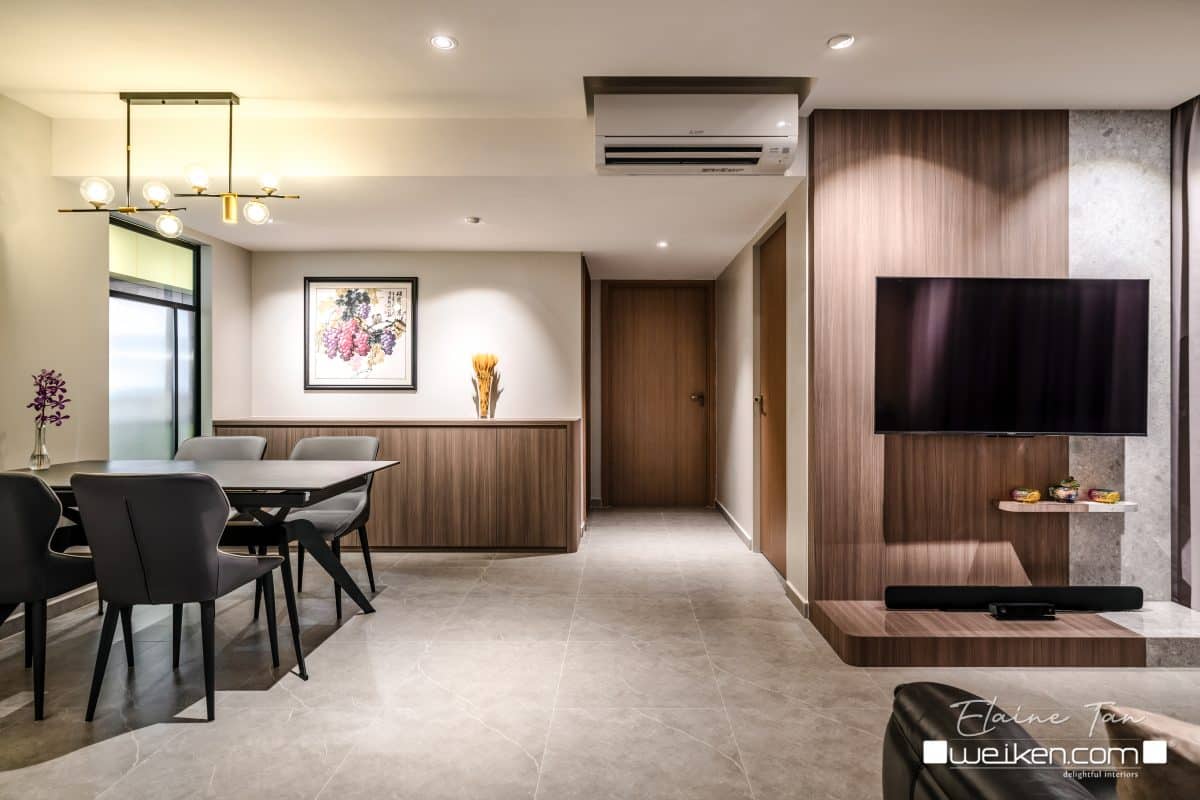
Tile can withstand all of the spills and messes that come with daily life without being easily soiled. Terracotta, porcelain, glazed, and quarry are the four main varieties of ceramic tile. Each variety has a distinctive appearance and feel, as well as varying degrees of durability. Remember to pick a tile that will be sturdy enough to withstand heavy use if you’re putting ceramic tile in a highly congested area of your home.
Pros: Whether it is aesthetic, durability, quality, or functionality, tile flooring can serve all that effortlessly. It is the ideal flooring to use in kitchens, bathrooms, outdoor areas, and even living areas. If you are looking for a flooring material that won’t have any issues in terms of damage and stains in the long run, tile is the way to go.
Cons: Because of their hardness, tiles frequently result in both internal and external damage when something falls on them, shattering glass and causing fractures and chipping in the process.
If you are not sure what flooring material is best for your upcoming floor renovation project, contact us and we would gladly assist you in choosing the best material flooring perfect for you. Upgrading the flooring of a home is a tedious and a very expensive project to embark on. You need proper guidance and the help of a professional so you won’t end up wasting your money on a wrong flooring material. Don’t hesitate to message our team if you have any questions!
Related Posts
-
QUICK NAVIGATION About HDB Kitchen Design Popular Themes for HDB Kitchen Design Explore Popular Interior Styles Key Points To Consider When Transforming Your HDB Kitchen Tailoring HDB Kitchen Design to Different Flat Types Conclusion About HDB Kitchen Design Designing or renovating the kitchen of your HDB flat or BTO unit is quite an overwhelming task. […]
-
QUICK NAVIGATION Introduction About Shelves For A Wall Popular Types of Shelves for a Wall in Singapore Attractive Designs of Shelving on Walls Viable Functionality of a Wall Shelf in Singapore Material Utilization for Making Wall Shelves Singapore Conclusion Introduction About Shelves For A Wall Along with storage options like drawers, wardrobes, cupboards, etc., shelving […]
-
QUICK NAVIGATION Introduction What Is A Flush Mount Sink? Flush Mount vs Undermount Sink Characteristics of A Flush Mount Sink in Singapore Pros and Cons of A Flush Mount Sink Hachi Flush Mount Sink Interior Themes that Well Match with a Flush Mount Sink Conclusion Introduction A Flush Mount Sink is a type of sink […]
-
QUICK NAVIGATION Introduction What Is Space Planning? Popular Landed Home Types To Do Room Planning Plan Of A 3-Bedroom House Plan Of A 4-Bedroom House Layout Of A Living Room Conclusion Introduction Image source: emmersonandfifteenth.com Before moving to another home or purchasing a property, the floor plan of the area is one of the fundamental […]
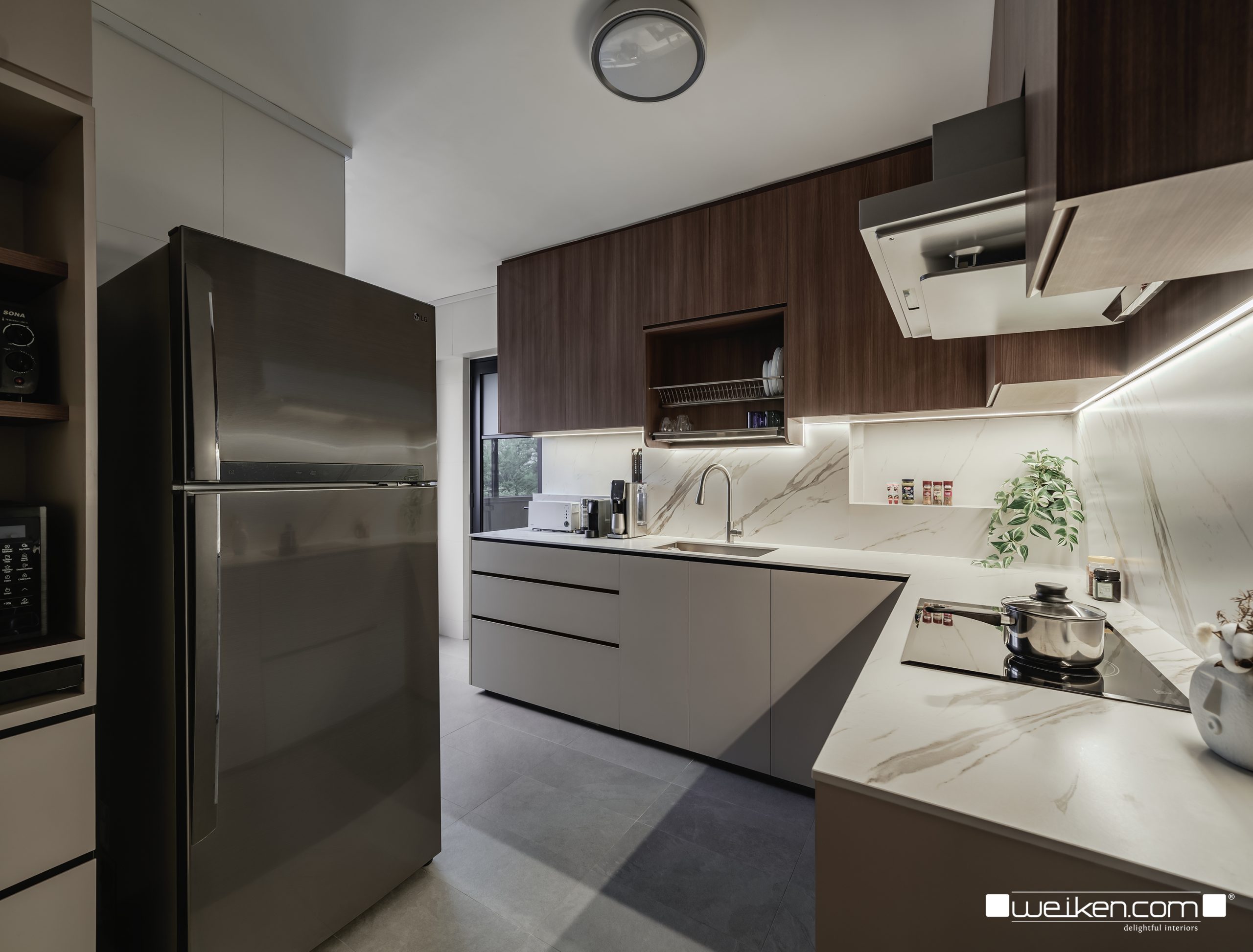
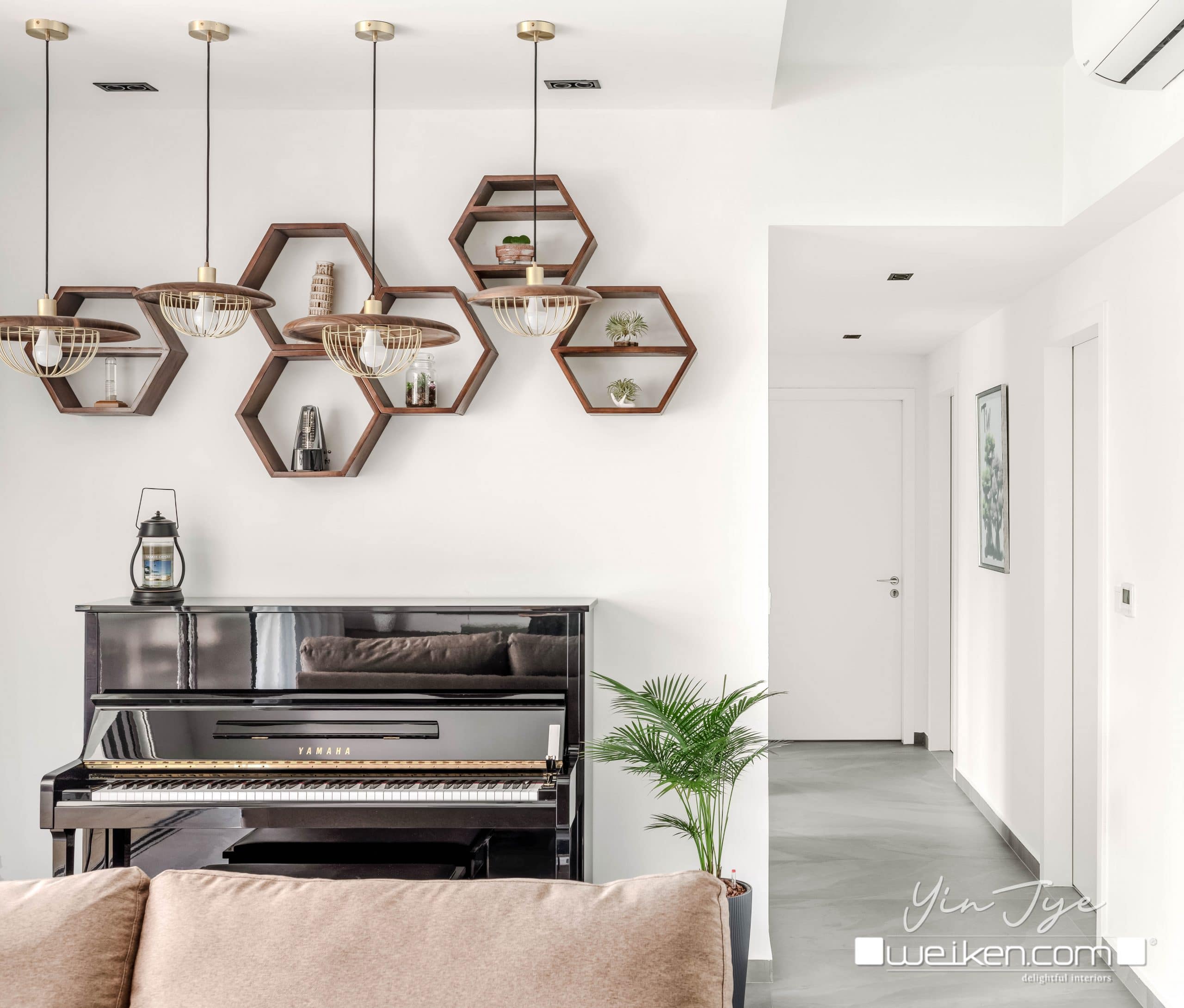
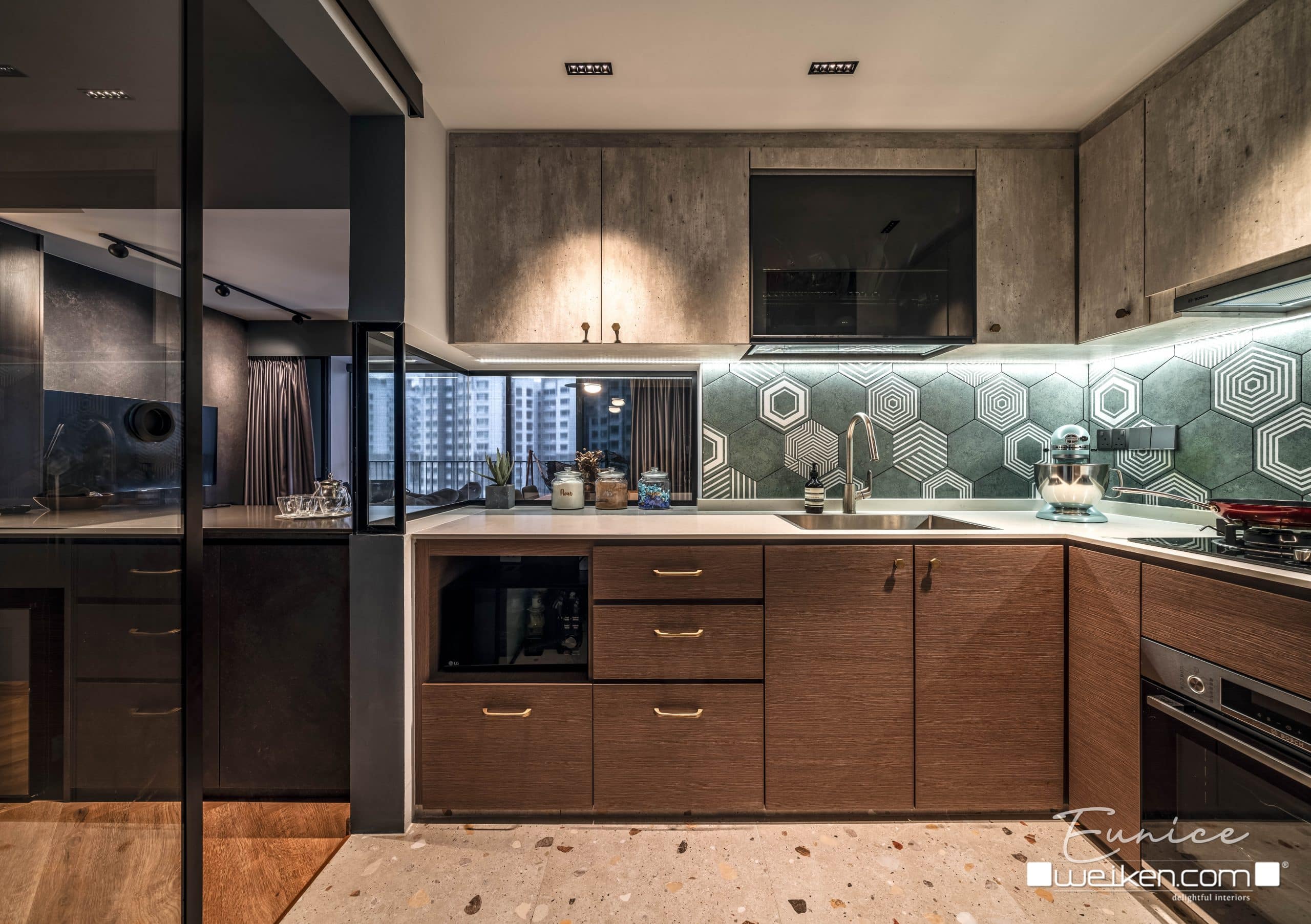
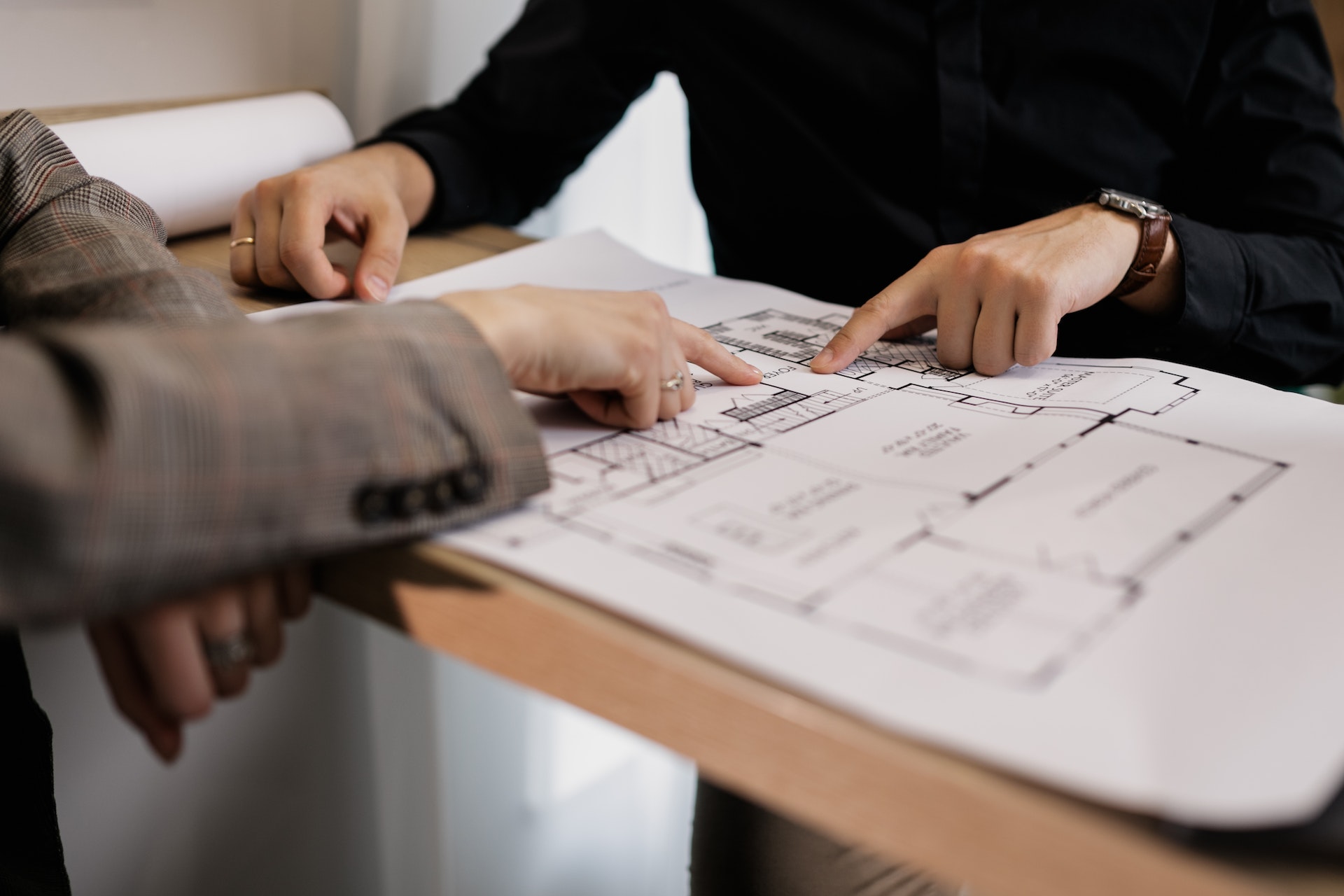

Leave a Reply